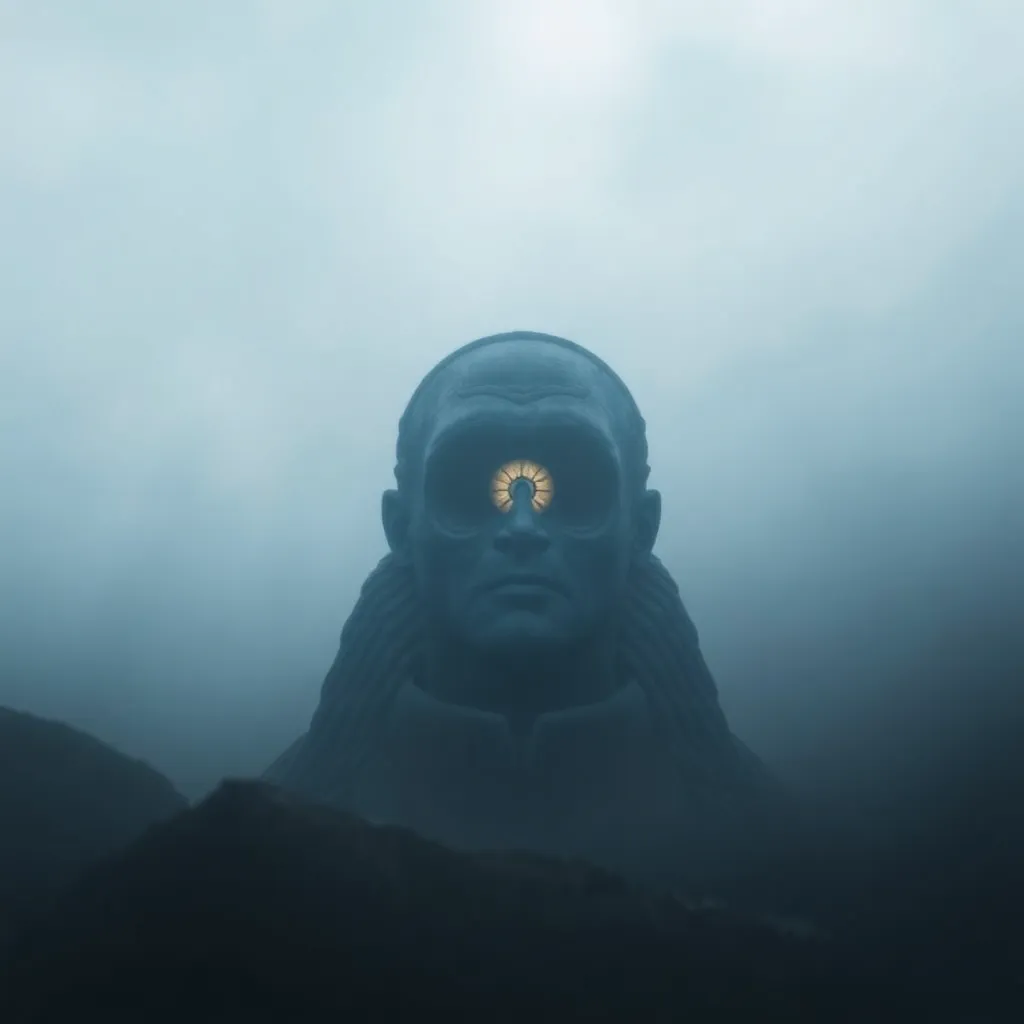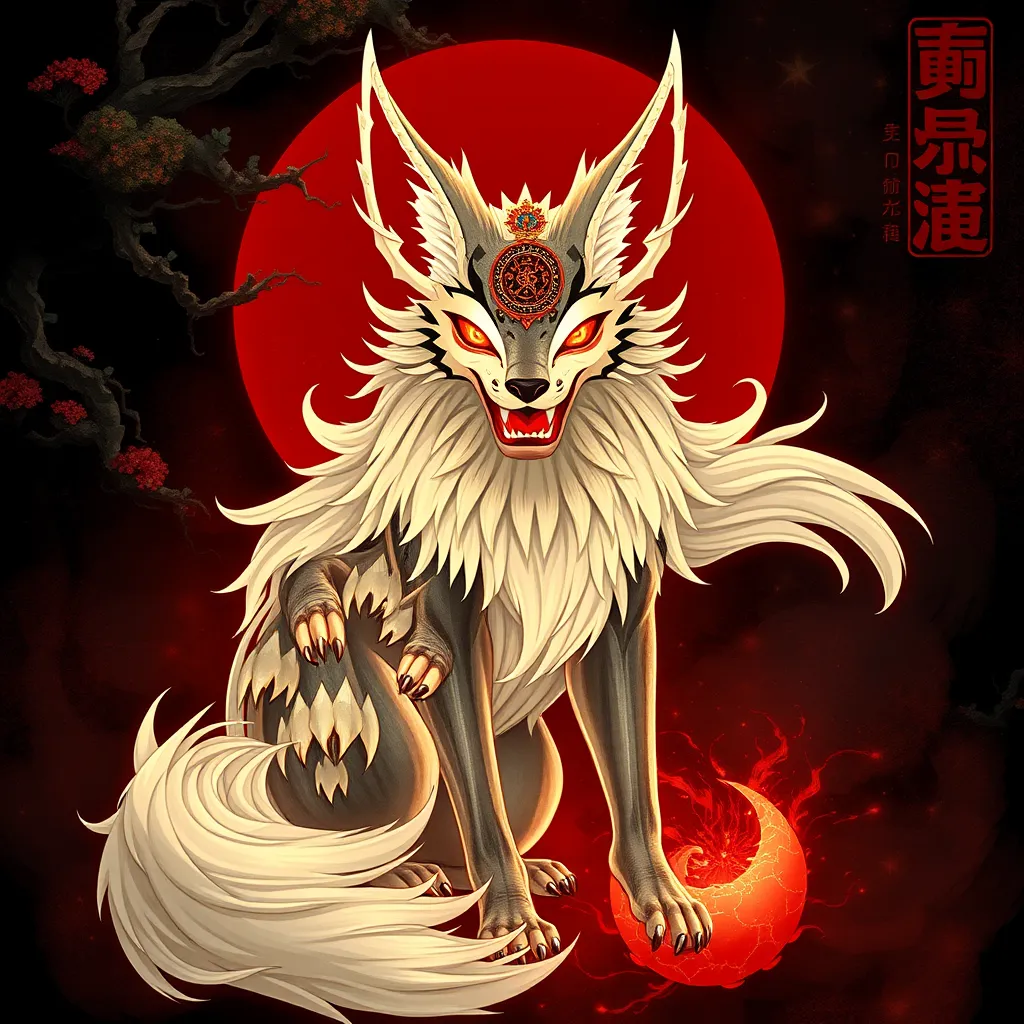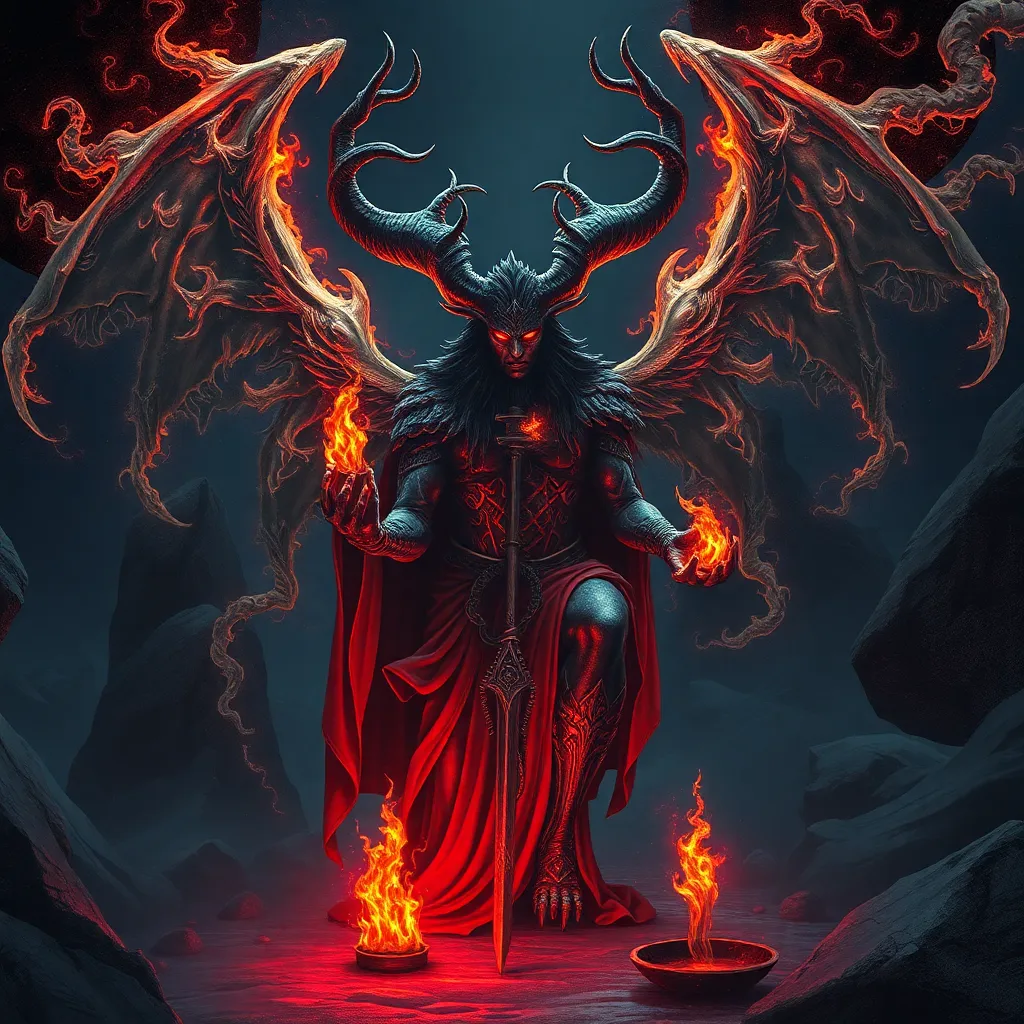The Cyclops in Film and Television: Examining the Depiction of the One-Eyed Giant in Modern Media
I. Introduction
The Cyclops, a mythical creature characterized by a single eye in the center of its forehead, has roots that trace back to ancient mythology. Originating from Greek lore, Cyclopes were often depicted as giants with immense strength and brute force. They are most famously featured in Homer’s “Odyssey,” where the hero Odysseus encounters the Cyclops Polyphemus, a narrative that has influenced countless adaptations over centuries.
As cultures evolved, so did the representation of the Cyclops in popular media. From terrifying monsters to comedic characters, the Cyclops has undergone significant transformation in its portrayal. This article aims to explore the modern representations of Cyclopes in film and television, examining how these adaptations reflect societal values and artistic innovation.
II. Historical Background of the Cyclops Myth
The Cyclops myth has its origins in ancient Greece, where they were depicted as formidable beings with a penchant for violence. In Homer’s “Odyssey,” Polyphemus captures Odysseus and his men, showcasing the Cyclops’ monstrous traits and lack of civility. This encounter highlights themes of cunning versus brute strength, which later became staples of storytelling.
Over time, the Cyclops evolved from a mythological figure to a subject of early artistic adaptations in various forms of literature and art. The Renaissance period saw a resurgence in interest in classical mythology, leading to artistic depictions of Cyclopes in paintings and sculptures.
The influence of these mythological Cyclopes on modern storytelling is immense. They serve as archetypes for exploring themes of isolation, monstrosity, and humanity, making them relevant in contemporary narratives.
III. Iconic Cyclops Representations in Film
In film, Cyclopes have appeared in various classic works, most notably in “The 7th Voyage of Sinbad” (1958), where a Cyclops serves as a formidable adversary. This film showcased early special effects, using stop-motion animation to bring the one-eyed giant to life. Notable characteristics of Cyclopes in early cinema include their brutish nature, overwhelming strength, and often simplistic motivations, making them a staple of fantasy films.
As technology advanced, so did the portrayal of Cyclopes. The evolution of special effects, particularly CGI, allowed filmmakers to create more realistic and nuanced representations of these creatures. Films such as “Wrath of the Titans” (2012) depicted Cyclopes with greater detail, emphasizing their complexity beyond just being mindless monsters.
IV. The Cyclops in Animated Media
Animated films and series have also contributed significantly to the depiction of Cyclopes. In “The Land Before Time,” a Cyclops character adds a whimsical and child-friendly element to the story. Similarly, “Futurama” features a Cyclopean character, Bender, who often employs humor and parody to explore the nuances of character representation.
- Themes in Animated Depictions: Cyclopes in animation often embody traits of innocence, loyalty, and humor, contrasting sharply with their mythological origins.
- Humor and Parody: Modern interpretations frequently utilize Cyclopes for comedic effect, reflecting contemporary values around inclusivity and acceptance.
V. The Cyclops in Television Series
Television has provided a rich platform for the exploration of Cyclopean characters. In series like “Xena: Warrior Princess,” Cyclopes are portrayed with depth and complexity, often serving as both antagonists and allies. This contrasts with shows like “The Simpsons,” where Cyclopes are presented in a more comedic light, emphasizing absurdity and humor.
When comparing character depth and narrative roles across different series, it becomes evident that Cyclopes can serve various functions. They can be monsters to be vanquished or misunderstood beings seeking acceptance. This versatility allows them to resonate with diverse audiences.
The cultural significance of Cyclops characters often reflects societal attitudes towards difference and alienation. Audience reception varies widely, from fear and repulsion to empathy and understanding, illustrating the multifaceted nature of these characters.
VI. Thematic Elements in Cyclops Depictions
The Cyclops often symbolizes several recurring themes in modern narratives. Isolation is a prominent theme, as the solitary nature of the Cyclops reflects the struggles of individuals who feel alienated in society. Monstrosity is another frequent theme, where the Cyclops embodies the fear of the ‘other’ and the unknown.
Furthermore, Cyclopes serve as metaphors for societal issues such as:
- Alienation and loneliness
- Discrimination against those who are different
- The complexity of human nature, showcasing both monstrous and humane qualities
In contemporary values, the portrayal of Cyclopes often challenges traditional notions of monstrosity, inviting audiences to reconsider what it means to be different.
VII. The Future of Cyclops in Media
Looking ahead, the portrayal of Cyclopes in upcoming films and series is likely to evolve further. Advances in technology, such as virtual reality and enhanced CGI, will provide new avenues for storytelling, allowing for more immersive and engaging representations of Cyclopes.
Furthermore, as audiences become more accepting of diverse characters, we may see a shift towards more sympathetic portrayals of Cyclopes, emphasizing their humanity and experiences rather than solely their monstrosity.
Potential shifts in audience perception could lead to a broader acceptance of Cyclopean characters in various roles, from heroes to tragic figures, enriching the narrative landscape of film and television.
VIII. Conclusion
In summary, the Cyclops has undergone a remarkable transformation in modern media, evolving from a fearsome monster to a complex character that embodies various themes and societal issues. This enduring appeal of the Cyclops myth highlights the creature’s significance in exploring human nature and societal values.
As we reflect on the importance of diversity in character representation, it is clear that the Cyclops will continue to captivate audiences, offering a rich tapestry of narratives that challenge our perceptions of normalcy and monstrosity.




